Different Types of The Ketogenic Diet Explained.
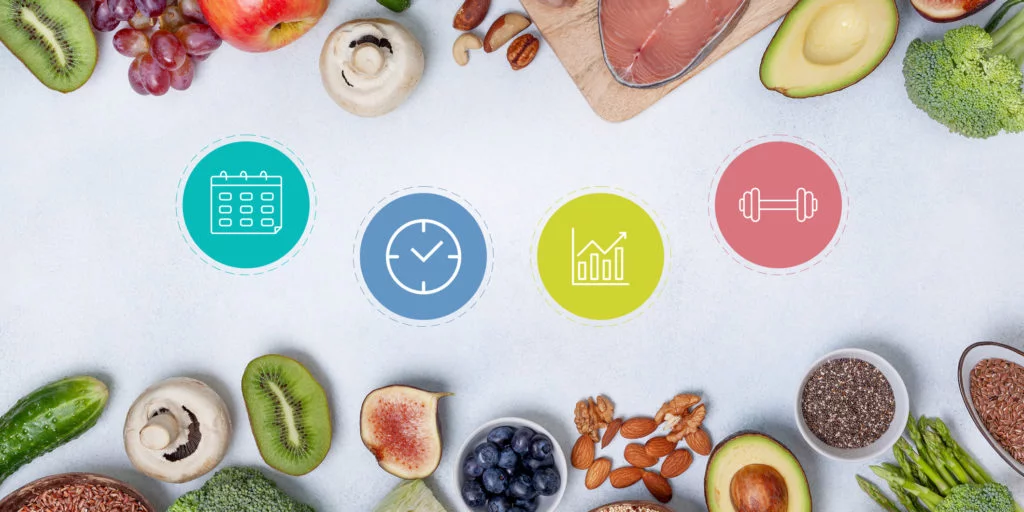
You may not know this, but there are several different styles of the ketogenic diet.
Although the Standard Ketogenic Diet (SKD) is the most popular and widely used diet among those who want to enter a state of ketosis, there are other types of the ketogenic diet which differ in the amount of restricted carbohydrates.
Depending on your goals and activity level, you may feel that the Targeted Ketogenic Diet (TKD) or Cyclical Ketogenic Diet (CKD) may be a better option for you.
For example, if you are an athlete, or if you do high-intensity exercises, the Standard Ketogenic Diet (SKD) may not give you enough energy to perform your workouts.
If your goal is to build muscle during the ketogenic diet, you may decide to choose the High Protein Ketogenic Diet (HPKD).
However, if you only do cardio or don’t exercise at all, it is best to stick to the Standard Ketogenic Diet (SKD).
It is also important to note that for best results, despite your level of activity, it is advisable to start any ketogenic diet with the Standard Ketogenic Diet (SKD) protocol, in order to become fat adapted.
Aside from entering the state of ketosis, becoming fat adapted is the most important part of starting a ketogenic diet lifestyle. This means your body is already used to using fat as fuel, therefore switching between low to moderate carbohydrates will not kick you out of ketosis.
There are four main variations of the ketogenic diet:
- Standard Ketogenic Diet (SKD)
- Targeted Ketogenic Diet (TKD)
- Cyclical Ketogenic Diet (CKD)
- High-Protein Ketogenic Diet (HPKD)

Yes – each of these ketogenic diet styles contribute to weight loss, fat-burning and balancing blood sugar levels, but one may be more beneficial to you than the other. The difference between each diet is the carbohydrate intake.
In order to make the best out of ketosis and the ketogenic diet, we recommend you become familiar with all of the approaches, so that you can choose which one fits you, your needs and your lifestyle.
In this guide you will find:
1. Four main types of the ketogenic diet
- Standard Ketogenic Diet (SKD)
- Targeted Ketogenic Diet (TKD)
- Cyclical Ketogenic Diet (CKD)
- High Protein Ketogenic Diet (HPKD)
2. Other types of the ketogenic diet.
3. Which ketogenic diet should I choose?
1. Four Main Types of The Ketogenic Diet
● STANDARD KETOGENIC DIET (SKD):
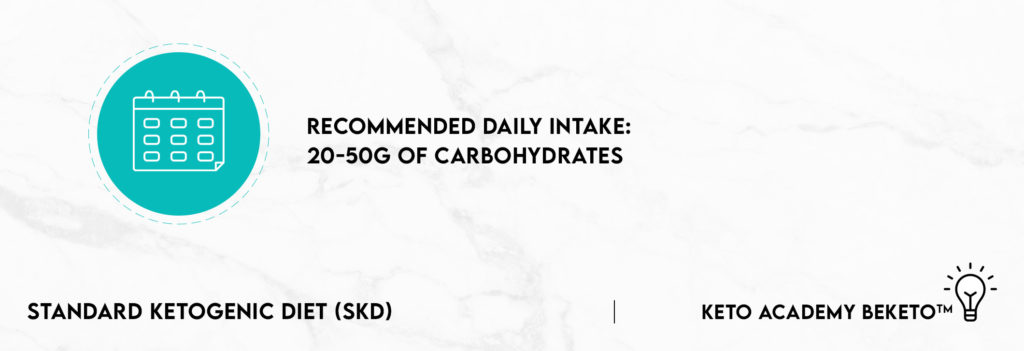
Most of the articles and research found on the web refer to the Standard Ketogenic Diet (SKD), which is best for those who want to lose weight, burn body fat and maintain healthy insulin levels. It is mostly aimed for those who are just beginning their ketogenic journey, do not necessarily want to exercise, or only perform occasional cardio.
This variation of the ketogenic diet is focused on high-fat, moderate protein and a very low count of carbohydrates. If your level of activity is low to moderate, and your primary goal is to lose weight quickly, this is the best option for you.
In order to induce a state of ketosis, which is the primary goal of the ketogenic diet, it is necessary for you to consume no more than 20-50g net carbs per day. Your goal is to limit starches, fruits, root vegetables, grains, sugars, and other foods that are high in carbohydrates. To see which foods are favorable to the ketogenic diet and which you should restrict, check out our Keto Food List.
The general idea of the ketogenic diet is to eat:
- 70-80% Of Calories From Fats
- 20-25% Of Calories From Protein
- 5-10% Of Calories From Carbohydrates
Depending on your weight, height, age, level of activity and the goals you want to achieve (whether you’d like to lose weight, enter nutritional ketosis for health purposes or gain muscle), your individual macros may vary greatly. For example, some individuals will not be able to reach the state of ketosis until they reduce their carbohydrates to 20-30 net carbs.
● TARGETED KETOGENIC DIET (TKD):
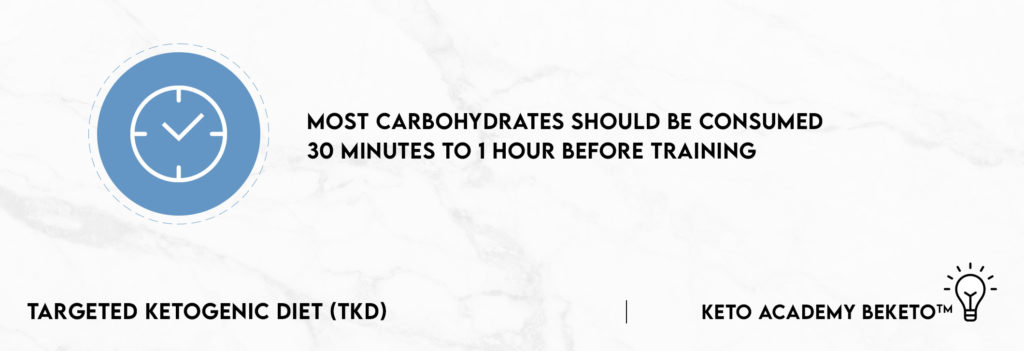
The main goal of the Targeted Ketogenic Diet (TKD) is to increase the level of carbohydrate consumption around the time of your workout. Generally, it is recommended that those who follow the TKD version of the ketogenic diet eat around 20-50g net carbs per day, about 30-60 minutes before their scheduled workout.
This boost of carbohydrates right before your workout provides your muscles with glycogen, which is necessary to perform high-intensity level exercises for a longer period of time. This does not mean that your extra carbohydrates should come from sugars – instead, the best option is to eat nutrient dense foods, such as sweet potatoes.
Reminder: This is not an opportunity for you to indulge in chocolate cake or fast-food.
Is the Targeted Ketogenic Diet (TKD) For Me?
Maybe yes, maybe no. It all depends on the goals you want to achieve and your daily level of activity.
If you are looking for enhanced performance in:
- High-Intensity Interval Training (HIIT)
- Crossfit
- Marathons & Sprinting
- Weight-Lifting
- Medium To High-Intensity Sports
Then, the Targeted Ketogenic Diet (TKD) may be a great option for you. As long as you are fat-adapted before starting TKD, exercise will deplete your glycogen so you don’t need to worry about falling out of ketosis.
However, it’s important to provide your body with an amount of carbohydrates you know you will burn through exercise – it takes trial and error, because every single one of us has differences in the way we utilize and store glycogen [*].
● CYCLICAL KETOGENIC DIET (CKD):
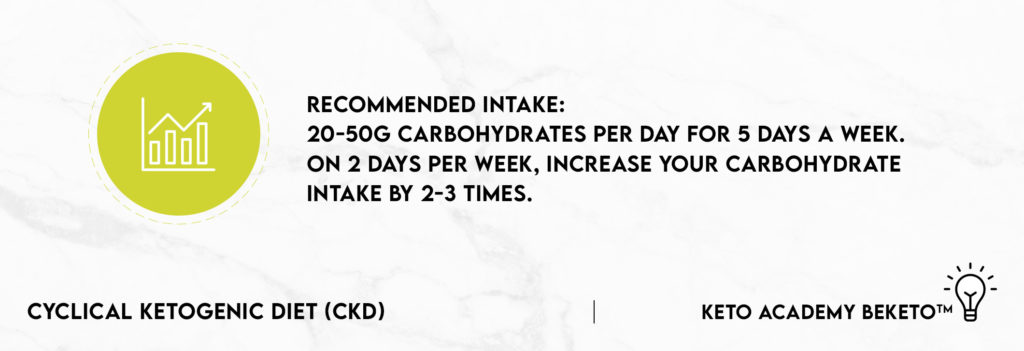
This type of the ketogenic diet is best for athletes, bodybuilders, or those who perform high intensity training. The general rule on the Cyclical Ketogenic Diet (CKD) is to restrict your carbohydrate intake for five to six days, then eat high-carb foods for one to two days.
Your cycle should look like this:
- 5-6 Days: Follow The Standard Ketogenic Diet.
- 1-2 Days: Load Up On Carbohydrates. Your Macronutrient Composition Should Be:
- 30-40% Of Calories From Fats
- 30-40% Of Calories From Carbohydrates
- 25-30% Of Calories From Protein
Note that: it is best to schedule your carb days around your most intense workouts.
Without extra carbohydrates, it is nearly unattainable for professional athletes and high-intensity performance to achieve the results they want – performance and muscle gain. CKD is meant to completely reload glycogen during high-carbohydrate days, and then increase the production of ketone bodies while depleting glycogen during the rest of the week.
Is the Cyclical Ketogenic Diet (CKD) right for me?
If you are fat-adapted, but you are experiencing too much fatigue during high-intensity exercises or worry about muscle loss, CKD may be the type of the ketogenic diet you’d want to consider.
Because bodybuilders and professional athletes burn through their glycogen and glycogen stores quickly, they can easily get back into ketosis during their regular Standard Ketogenic Diet days.
● HIGH PROTEIN KETOGENIC DIET (HPKD):
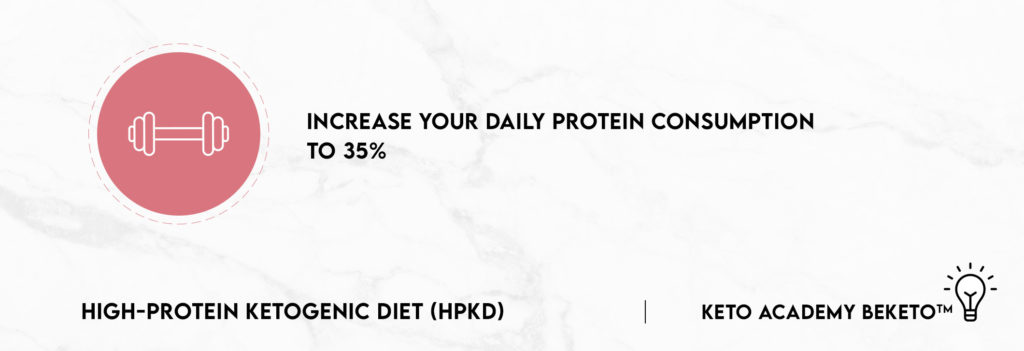
This type of the ketogenic diet shares a lot of similarities with the Standard Ketogenic Diet (SKD), however, it is higher in protein. The three above mentioned varieties of the ketogenic diet: SKD, TKD and CKD will be enough for everyone who wants to reap the benefits of ketosis – most of the time.
Bodybuilders are focused on building lean muscle, and at times, the Standard Ketogenic Diet is not enough for that. Instead of loading up on carbs, some weight-lifters say increasing your protein intake gives them better results.
In this version of the ketogenic diet, macronutrients would look like this:
- 60-65% Of Your Daily Calories From Fat
- 30-35% Of Calories From Protein
- 5-10% From Carbohydrates
As with TKD or CKD, it is best you follow the Standard Ketogenic Diet (SKD) first for a few weeks in order to become fat-adapted, and then transition to the High-Protein Ketogenic Diet.
Additionally: research found that following a high-protein, low-carbohydrate ketogenic diet lowered food intake and contributed to reduced hunger more than other non-ketogenic, high-protein and medium-carbohydrate diets [*].
2. Other Types of The Ketogenic Diet
Several other, less known and used types of the ketogenic diet, include:
- Very Low-Calorie Ketogenic Diet (VLCKD) – Mostly Used In Severely Obese Patients To Prevent Obesity-Related Comorbidities Or Pre-Operatively [*]. Here, Under The Supervision Of A Medical Professional, Your Daily Caloric Intake Would Not Exceed 800kcal.
- MCT Ketogenic Diet – This Version Of The Ketogenic Diet Follows The Outline Of The SKD, With A Focus On Supplementing Daily Facts From Medium-Chain Triglycerides (MCTs) Found In Coconut Oil, Other Coconut-Based Products Such As Coconut Milk And Cream, And Most Importantly – MCT Oil. It Is Mostly Used On Patients Who Are Looking For Seizure Control [*].
3. Which Ketogenic Diet Is Right For Me?
If your primary goal is to lose weight without intense activity, we recommend that you follow the Standard Ketogenic Diet (SKD). It is the easiest type to follow, and if executed correctly, will lead to rapid weight loss, fat burning and stabilizing your blood sugar level.
If you don’t like to exercise and moderate to high-intensity level of activity is not for you, do not follow the Targeted Ketogenic Diet (TKD) or the Cyclical Ketogenic Diet (CKD).
Without vigorous exercise, an increased level of carbohydrate intake recommended in TKD and CKD version of the ketogenic diet will keep you out of ketosis and slow your overall progress. Also, remember that even if you feel TKD or CKD are for you, it is crucial for you to become fat adapted by starting out with the Standard Ketogenic Diet protocol in order to ensure your body is in the state of ketosis.
But – if you are an athlete, or someone who does high-intensity training a few times per week, TKD or CKD may be your best fit. If you struggle with your regular workouts after restricting carbohydrates, you may find that increasing your carbs will improve your performance and stamina, without kicking you out of ketosis.


